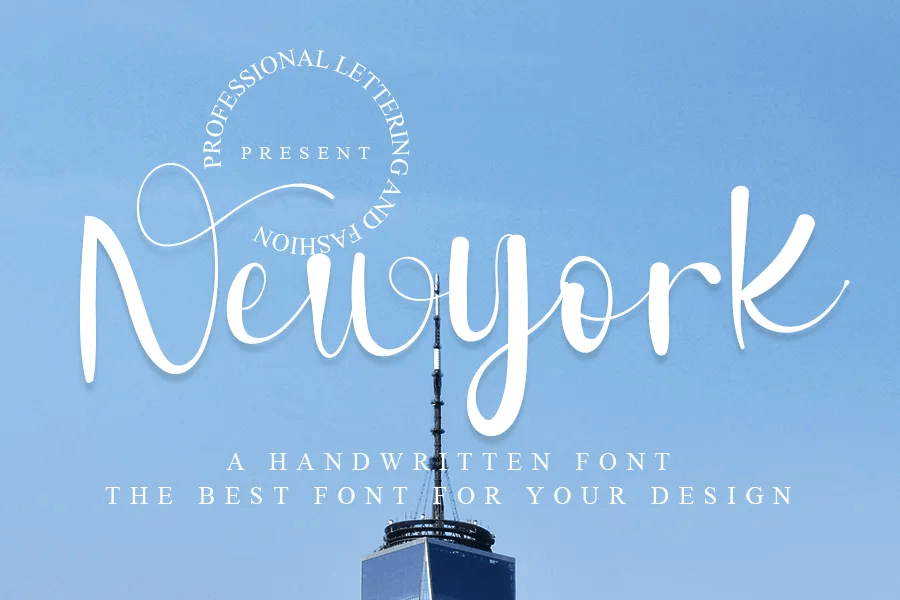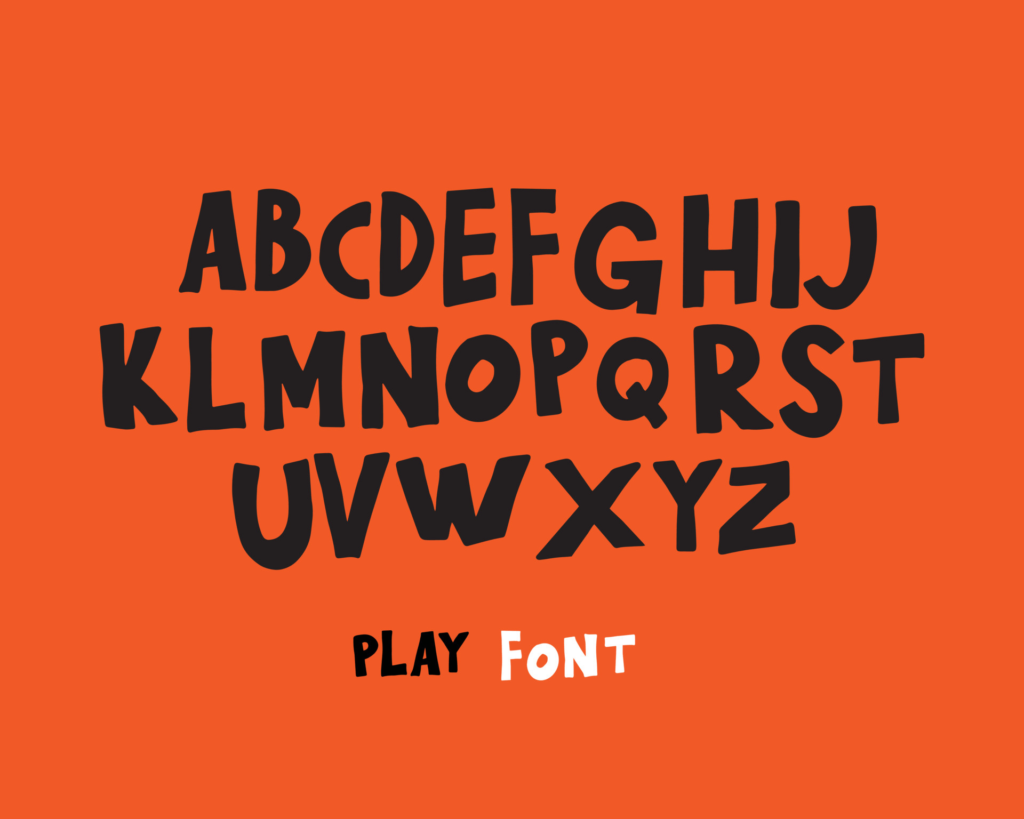The New York Times is one of the most respected newspapers in the world, known for its investigative journalism, editorial excellence, and reliable reporting. But what really sets the Times apart is its iconic font, which has been used for more than a century to convey the paper’s seriousness, authority, and sophistication. In this article, we’ll take a look at the history, design, and impact of the New York Times font, as well as some fun facts you may not have known about it.
The New York Times Font: A Timeless Classic
The New York Times font, also known as Times New Roman, was created in 1931 by the British typographer Stanley Morison and the American artist Victor Lardent. It was designed to be a legible and versatile serif typeface that could be used for both headlines and body text, and that would reflect the newspaper’s classical and conservative values. Over the years, the font has become synonymous with the Times brand and has been used not only in the paper’s print edition but also in its digital products and advertising campaigns.
How the Font Evolved Over the Years
Although the New York Times font was originally based on the earlier Times typeface, it has undergone several refinements and variations over the years to keep up with changing technological and aesthetic demands. For example, in 1972, the Times commissioned a new version of the font called Times Roman, which had a slightly bolder stroke and tighter spacing to improve its readability on newsprint. In 2006, the Times introduced a custom font called Times Modern, which was used for its magazine and website and had a more contemporary and streamlined look.
The Art and Science Behind Typeface Design
Designing a typeface is a complex and challenging process that combines art and science, creativity and precision. It involves not only drawing each letterform by hand or using digital tools but also considering factors such as legibility, spacing, kerning, weight, contrast, and the overall visual harmony of the font. Typeface designers must also take into account the intended use, audience, and cultural context of the font, as well as the technical requirements and limitations of different media and platforms.
Why the New York Times Font is So Iconic
The New York Times font is considered iconic for several reasons. First, it is a highly recognizable and distinct typeface that has become associated with the newspaper’s high standards and credibility. Second, it has influenced and inspired many other fonts in the serif category, such as Georgia, Times Europa, and Baskerville. Third, it has a timeless and elegant appeal that transcends trends and fashions, making it suitable for a wide range of applications and contexts.
Meet the Designer Behind the Famous Typeface
The designer of the New York Times font, Stanley Morison, was a British typographer and scholar who played a key role in the revival of classic typography in the early 20th century. He was known for his meticulous attention to detail, his expertise in calligraphy and letterpress printing, and his advocacy of the principles of legibility and readability in type design. Although he never worked directly for the Times, Morison collaborated with Lardent to create a font that would meet the paper’s requirements and reflect its character.
Fun Facts About the New York Times Font You Didn’t Know
- The New York Times font has been used in countless movies, TV shows, and books, including The Godfather, Star Wars, and Harry Potter.
- The font was originally called Times Old Roman, but the name was changed to Times New Roman in 1933 to reflect its modernity and freshness.
- The font has been criticized by some designers and readers for being too conservative, boring, or overused, but it has also been praised for its legibility, neutrality, and endurance.
- The font has inspired several parodies and variations over the years, including Times Square (which adds neon lights and a modern twist) and Times Newer Roman (which claims to make the font look bigger and more impressive).
Whether you love it or hate it, there’s no denying the impact and popularity of the New York Times font. From its humble beginnings as a simple serif typeface to its current status as a design classic, it has stood the test of time and remained a symbol of quality and authority in the media world. So next time you read the Times, take a moment to appreciate the font that makes it all possible.









